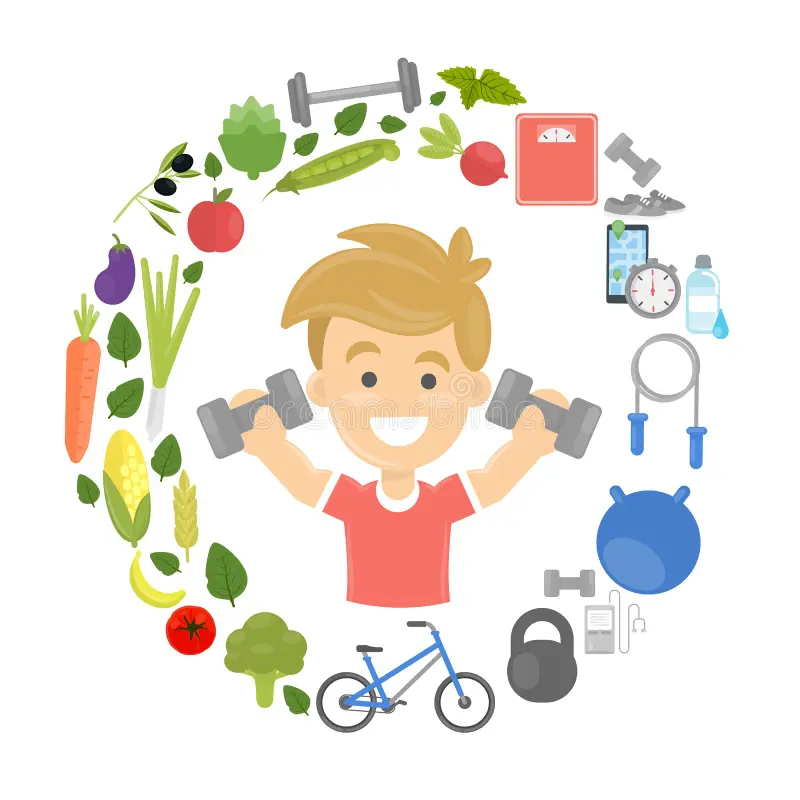Mastering Work-Life Harmony: 15 Strategies for Navigating Busy Seasons
The relentless pace of modern life often makes achieving a healthy work-life balance feel like a constant uphill climb. Demanding jobs and overflowing personal commitments can easily lead to burnout. But it doesn't have to be this way. By implementing effective strategies, you can cultivate a sense of harmony, even during the busiest times. This comprehensive guide offers 15 practical techniques to help you reclaim your equilibrium and thrive.
1. Prioritize with Purpose: Begin each day by identifying your top three most crucial tasks. This laser focus prevents overwhelm and ensures you tackle what truly matters. Think of it as a daily triage for your to-do list, prioritizing impact over sheer volume.
Example: Instead of a lengthy list, focus on three high-impact tasks. This targeted approach delivers tangible results, boosting your sense of accomplishment and reducing stress.
2. Establish Firm Boundaries: Create clear lines between work and personal life. Define specific times for work completion and resolutely adhere to them. This prevents work from encroaching on your personal time and safeguards against burnout.
Example: Establish a firm "no work" policy after 6 PM. This dedicated personal time allows you to unwind, reconnect with loved ones, and recharge for the next day.
3. Embrace the Power of Breaks: Regular breaks are not luxuries; they are essential for productivity and well-being. Short, strategically placed breaks rejuvenate your mind and enhance focus.
Example: Schedule 10-minute breaks every couple of hours to walk, stretch, or simply step away from your screen. This brief respite combats fatigue and boosts concentration.
4. Delegate Effectively: Learn to skillfully delegate tasks at both work and home. Sharing responsibilities lightens your load and frees up valuable time for yourself.
Example: At work, distribute tasks among your team, leveraging their expertise and freeing your time for higher-level contributions. At home, enlist family members to share household chores.
5. The Art of Saying "No": It's perfectly acceptable – even necessary – to decline additional commitments when you're already operating at capacity. Protecting your time is crucial for maintaining balance.
Example: Politely but firmly decline extra projects or requests that would overload your schedule. Prioritize existing commitments and protect your well-being.
6. Master Time Management: Utilize proven time management techniques like the Pomodoro Technique or time blocking to maximize productivity and efficiency.
Example: Allocate specific time slots for different tasks, adhering to your schedule to ensure focus and prevent tasks from bleeding into each other.
7. Prioritize Your Physical Health: Invest in your physical well-being through regular exercise, a nutritious diet, and sufficient sleep. These foundational elements contribute significantly to stress reduction and overall health.
Example: Incorporate at least 30 minutes of physical activity daily. This could involve anything from a brisk walk to a gym session. Prioritize sleep to allow your body to repair and rejuvenate.
8. Cultivate a Supportive Network: Surround yourself with individuals who understand your challenges and offer emotional support. Leaning on others is not a sign of weakness but a strength.
Example: Join a support group or connect with like-minded individuals facing similar challenges. Sharing experiences and offering mutual support can significantly alleviate stress.
9. Practice Mindfulness: Integrate mindfulness practices into your daily routine to reduce stress and improve presence. Meditation, deep breathing, and journaling are excellent tools.
Example: Begin each day with a five-minute mindfulness exercise – deep breathing or a gratitude practice – to set a positive and calm tone.
10. Unplug Regularly: Consciously disconnect from technology to reduce the feeling of constant connection and overwhelming information overload.
Example: Designate specific times each day to switch off devices and engage in activities that promote relaxation and personal connection without digital distractions.
11. Communicate Your Needs Clearly: Openly express your needs and boundaries to colleagues, supervisors, and loved ones. Effective communication ensures that your limitations are understood and respected.
Example: If you need to leave work early for a personal commitment, communicate this in advance. Clear communication fosters mutual understanding and prevents misunderstandings.
12. Schedule Dedicated Downtime: View downtime not as a luxury, but as a vital component of well-being. Regularly scheduled periods of rest and relaxation are crucial for replenishing your energy reserves.
Example: Designate one full day each week for complete disconnection from work. Engage in activities that bring you joy and relaxation – reading, spending time in nature, or pursuing hobbies.
13. Maintain Perspective: During challenging periods, it's easy to become overwhelmed. Remember the bigger picture and maintain a long-term perspective.
Example: Remind yourself that busy seasons are temporary and that you’ve successfully navigated similar challenges in the past. This perspective helps maintain a positive mindset.
14. Celebrate Small Wins: Acknowledge and celebrate your accomplishments, however small. Recognizing progress boosts morale and reinforces positive habits.
Example: Reward yourself for achieving milestones, no matter how minor. This positive reinforcement encourages continued effort and reinforces self-care practices.
15. Adapt and Refine: Regularly evaluate your work-life balance strategies and make adjustments as needed. What works for one person may not work for another. Flexibility is key.
Example: After a busy period, reflect on what worked well and what could be improved. This self-reflection allows you to fine-tune your approach and create a sustainable work-life balance.
In conclusion, achieving work-life balance is an ongoing process that requires a holistic approach. By integrating these 15 strategies into your daily life, you can navigate busy seasons with greater ease, resilience, and a stronger sense of well-being. Remember, a balanced life isn't a destination but a journey, requiring continuous adjustments and self-awareness.






